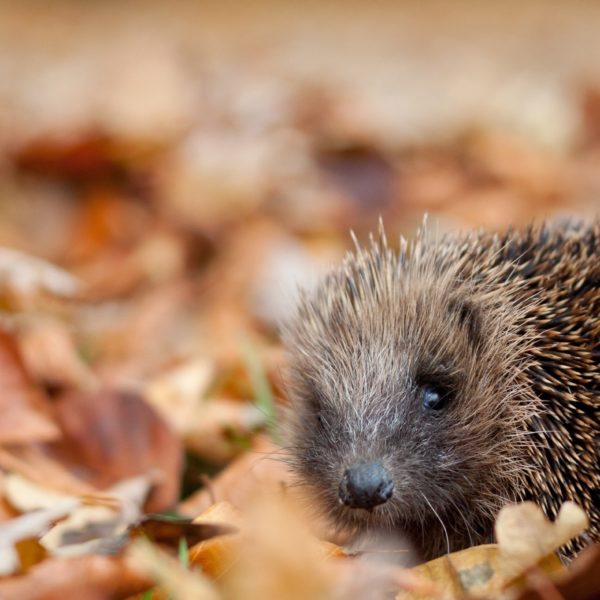Key Facts
- Length: 25cm
- Weight: up to 2kg
- Average lifespan: 2-3 years
Small, round, brown and famously covered in spines, the Hedgehog is one of the most familiar of Britain’s wild mammals.
They are most commonly spotted in parks and gardens, where bushes and hedges provide the perfect day-time getaway, and insect-rich lawns and flowerbeds make excellent feeding grounds at dusk. Hedgehogs eat all kinds of invertebrates, as well as amphibians, birds eggs and anything else they can catch; they particularly like big, crunchy beetles, earthworms and slugs, making them a gardener’s best friend.
How to Identify
A unique and unmistakeable animal. Look out for the signs of hedgehogs: medium-sized, black droppings consisting of bits of beetles and other insects, often found on the lawn.
Where to Find
Widespread, found throughout the country except for the Channel Islands and some Scottish Islands.
How People can Help
The once common Hedgehog is now under threat from development and habitat loss. Combined, our gardens provide a space for wildlife larger than all our National Nature Reserves, so by gardening in a wildlife-friendly way, we can help our spiny companions to find a home and to move safely between habitats to find mates and food. Hedgehogs will also helpfully hoover up any unwanted slugs and snails, so no need to use poisonous slug pellets. If you have a Hedgehog in the garden, you can help it out by putting down a little cat food and leaving a pile of leaves or logs for it to hibernate under. But don’t forget to check your bonfire before you light it!
Make a hedgehog home or create a hedgehog hole in your fence


How to make a hedgehog house
By providing safe places for hedgehogs to live, you’re much more likely to see these prickly creatures in your garden.
Read More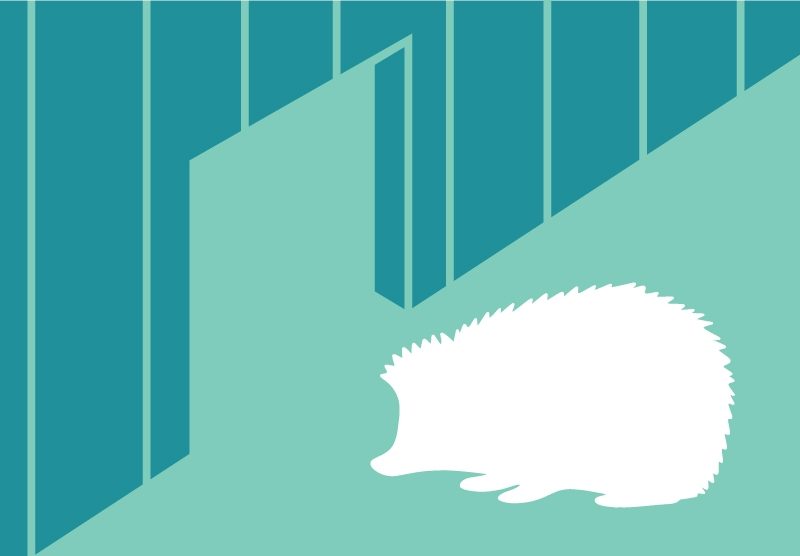
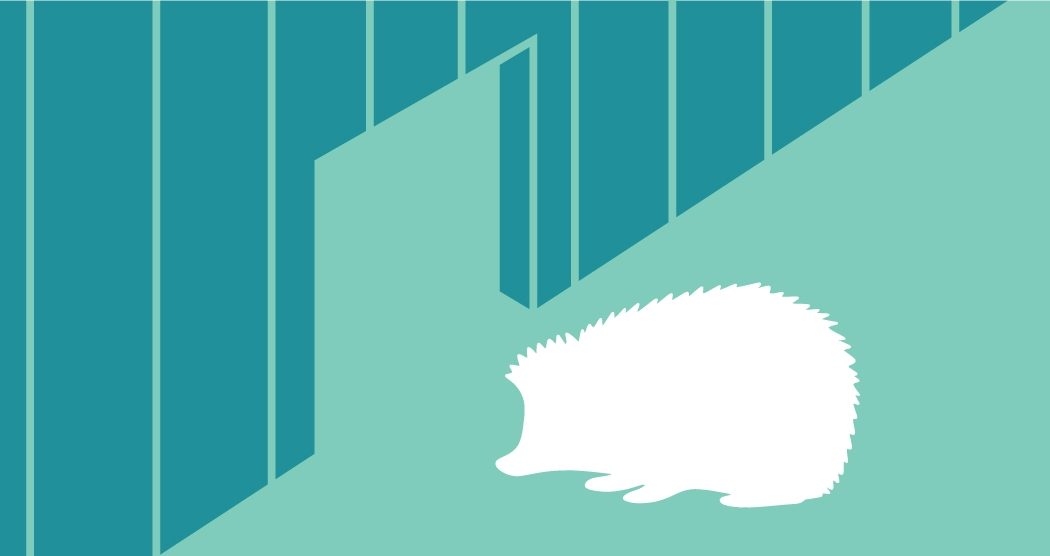
Create a hedgehog hole or ‘highway’
Help hedgehogs get around by making holes and access points in fences and barriers to link up the gardens in your neighbourhood.
Read MoreDid You Know?
Hedgehogs are known for their ability to roll themselves into a ball of spines when threatened. These spines are actually modified hairs and the average Hedgehog has about 7,000 of them, which can be raised using powerful muscles along their back.
Similar Species

Badger
- Mammals
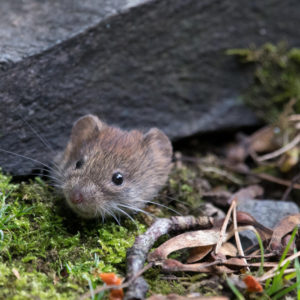
Bank Vole
- Mammals
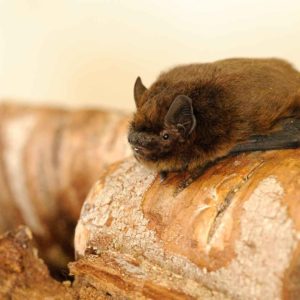
Common Pipistrelle
- Mammals
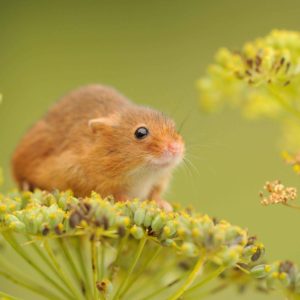
Harvest Mouse
- Mammals
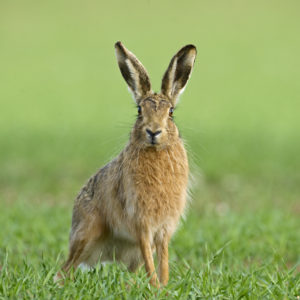
Mountain Hare
- Mammals
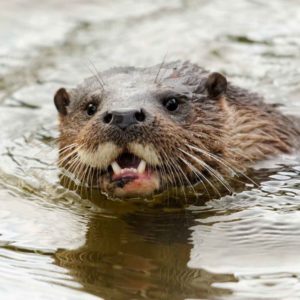
Otter
- Mammals

Red Deer
- Mammals
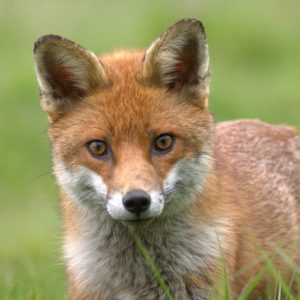
Red Fox
- Mammals
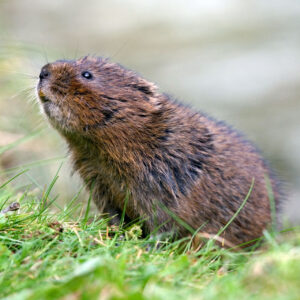
Water Vole
- Mammals
